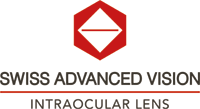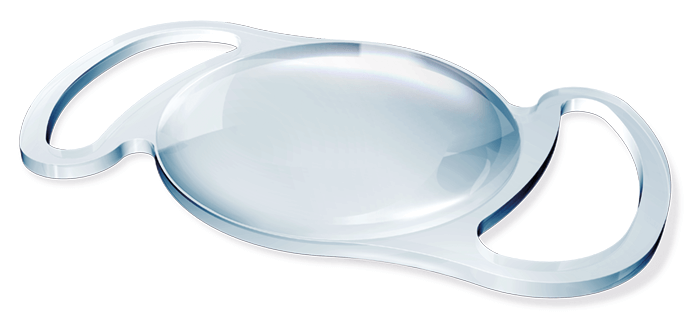
In some respects, monofocal IOLs are hard to beat. Other than the obvious – a single focal plane – the drawbacks are few, and compared with the current crop of diffractive multifocal IOLs, they provide unparalleled distance vision with a very low rate of visual disturbances. Neuroadaptation is rapid, and patients are almost immediately comfortable with their postoperative vision. The Swiss IOL company, SAV-IOL, set out to make a lens with all of the advantages of a monofocal IOL, but with the benefit of continuous vision. To that end, they adapted their “Instant Focus” extended depth-of-focus (EDOF) technology to a classic monofocal design to make Lucidis – a hydrophilic single-piece foldable IOL. The optic comprises a 6 mm-diameter refractive part providing distance and a 1 mm-diameter aspheric element in the center of the optic to extend the depth of focus from near towards distant vision (Figure 1a,b). The aspheric element uses a pseudo non-diffracting beam (PNDB); the benefit of this approach being the maintenance of a constant resolution and light intensity on the retina (Figure 1c).
Since its launch at the ESCRS in October 2017 in Lisbon, Lucidis is gaining worldwide interest among the ophthalmic surgeons’ community. Here’s what the surgeons who use it think: Dr Johan Blanckaert, Belgium “We can see that a growing number of patients are willing to have multifocal IOLs – but many are reluctant to choose this type of lens because of the optical side effects (halos and glares) that traditional diffractive multifocal lenses are known for. These patients need an IOL that’s capable of multifocality, with the least possible visual disturbances. Lucidis with its ‘Instant Focus’ EDOF technology perfectly fills this gap.” “I was expecting a moderate reading capability and I warned my patients that they might need a low diopter reading glass for small print. However, to our surprise, the reading capability was very good, even for small print.” Dr Marco Alberti, Italy “Compared to monofocal lenses, premium IOLs come with an added cost. For patients, the cost is financial, for surgeons, the cost is added time. Lucidis can be an appropriate solution for surgeons put off by the extra time needed to explain those technologies. You can present the Lucidis lens as a standard monofocal IOL with the possibility to have a better visual acuity for the near and intermediate vision.” “As squared shape platforms in a round bag are more prone to decentration in cases of anterior capsule retraction, I feel more confident with the strength of the platform of Lucidis, because of the profile of its closed-loop haptics.” “The Lucidis lens has a very stable design – its stability in the capsular bag is great, and I get perfect centration. I was skeptical in the beginning regarding the smaller 10.8 mm diameter model, but the haptic design is strong, and the 10.8 mm version is a very good compromise. Furthermore, the 12.4 mm version perfectly fills up the largest capsular bags!”
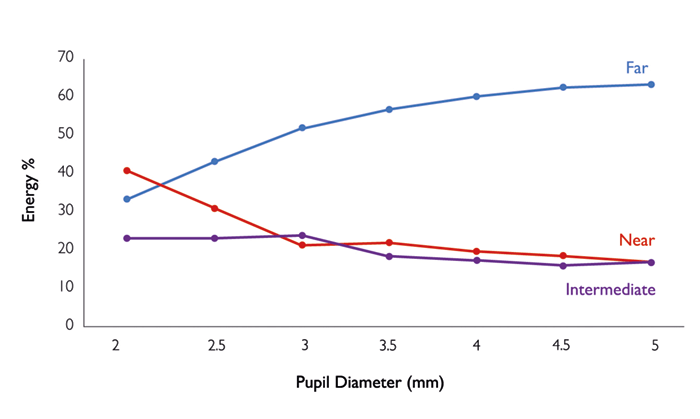
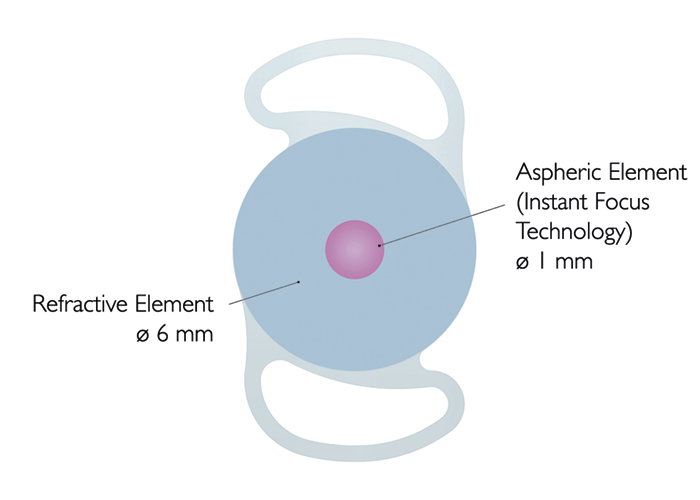
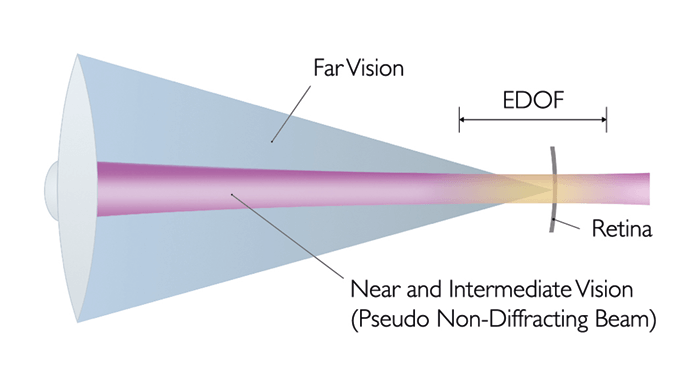
Dr Frédéric Sutto, Belgium “Lucidis is positioned between monofocal and multifocal IOLs, and I think there’s a growing population of patients requiring cataract surgery who will benefit from such a lens. To me, one of the main benefits of Lucidis is the regularity of results: typically 9/10, P2.” Prof Dr Hanefi Çakır, Turkey “I realized that implantation and manipulation of Lucidis are extremely easy – right from the very first time I used it. When patients came for post-op examination, I always saw smiling faces, as they were able to see very well for both near and far, without any halo or glare.”
